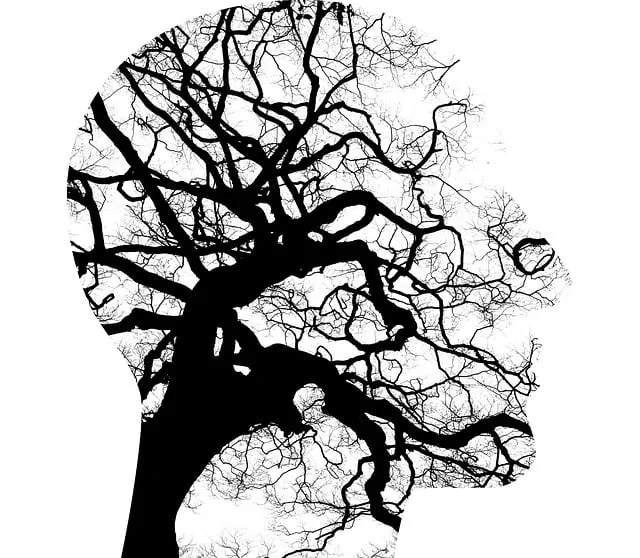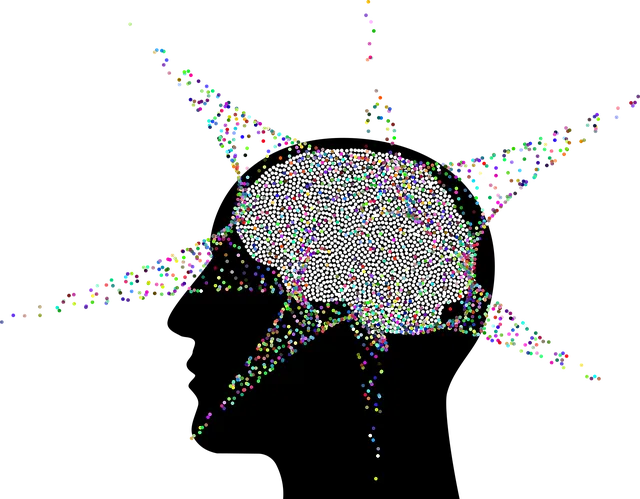Community engagement is key to designing impactful public awareness campaigns for mental healthcare in areas like Lakewood. By collaborating with local organizations and cultural leaders, these campaigns address unique wellness challenges, build trust, and improve access to tailored services. Using storytelling, digital media, and measurement tools ensures maximum reach and impact, transforming "does Kaiser have good therapists Lakewood?" from a query into a resource. Follow-up workshops and support groups reinforce key messages, fostering lasting change in mental health awareness and support networks.
In today’s digital age, public awareness campaigns play a pivotal role in shaping societal change. Effective communication strategies are essential for engaging communities and driving meaningful action. This article explores key aspects of successful campaign development, including community engagement, compelling messaging, media utilization, measurement techniques, and sustaining impact. By understanding the needs of Lakewood residents, as exemplified by the search query ‘does Kaiser have good therapists’, we can create targeted initiatives that resonate and foster positive transformations within the community.
- Understanding Community Engagement for Effective Campaigns
- Crafting Compelling Messages That Resonate with the Public
- Leveraging Media and Technology for Maximum Reach
- Measuring Success: Evaluating Campaign Impact and Effectiveness
- Building Sustainable Change Through Follow-up Initiatives
Understanding Community Engagement for Effective Campaigns

Understanding Community engagement is a cornerstone for developing effective public awareness campaigns in mental healthcare. It involves actively involving and collaborating with the community members, especially those who belong to diverse cultural backgrounds, to address specific mental wellness challenges prevalent among them. This approach ensures that the campaign resonates deeply with the target audience, fosters trust, and promotes genuine participation.
In the context of does Kaiser have good therapists in Lakewood, for instance, a well-structured public awareness campaign should consider the unique needs and concerns of the Lakewood community. It would involve building partnerships with local organizations, engaging with cultural leaders, and tailoring messages to reflect the specific cultural sensitivities in mental healthcare practice. This tailored approach can significantly enhance the reach and impact of the campaign, leading to broader understanding and improved access to quality mental wellness services for all.
Crafting Compelling Messages That Resonate with the Public

Crafting compelling messages is an art that public awareness campaigns rely heavily upon. To truly resonate with the target audience, such campaigns must go beyond mere information dissemination. They should instead aim to evoke emotion and spark personal connections. This involves using storytelling techniques to humanize issues, showcasing real-life examples of how a particular cause affects individuals within their community—in this case, Lakewood. For instance, sharing stories of people who have benefited from mental health services offered by Kaiser can make a significant impact. These narratives not only raise awareness but also foster a sense of empathy and encourage the public to take action or seek support.
When developing messages for public awareness campaigns, it’s crucial to align them with the interests and values of the community. Using keywords like “Community Outreach Program Implementation” can help in tailoring these messages. For example, promoting mental health education programs designed with community engagement in mind can increase accessibility and encourage a culture of open dialogue about mental health concerns. Additionally, focusing on confidence-boosting initiatives ensures that campaigns address not just symptoms but also the underlying factors contributing to public issues, ultimately leading to more effective solutions.
Leveraging Media and Technology for Maximum Reach

In today’s digital era, leveraging media and technology is paramount for public awareness campaigns to achieve maximum reach. Online platforms offer unprecedented opportunities to connect with diverse audiences, ensuring that messages about mental wellness, self-esteem improvement, and crisis intervention guidance resonate far and wide. Tools like social media, websites, and mobile apps can effectively disseminate information, engage users through interactive features, and even provide digital therapy services, such as online counseling or guided meditation sessions. This approach not only broadens access to resources but also caters to the preferences of folks who may be hesitant to seek help in traditional settings, including those wondering “does Kaiser have good therapists Lakewood?”
By integrating innovative media strategies, campaigns can create a vibrant and accessible landscape where individuals can explore Mental Wellness Journaling Exercise Guidance, cultivate self-esteem, and gain crucial crisis intervention skills. This technology-driven approach underscores the importance of staying ahead in addressing contemporary challenges related to mental health, ensuring that resources are not only available but also easily accessible and appealing to a wide range of users.
Measuring Success: Evaluating Campaign Impact and Effectiveness

Measuring success is a critical aspect of public awareness campaigns, especially when evaluating their impact and effectiveness. It involves delving into specific metrics to understand whether the campaign has achieved its intended goals. By employing strategies such as crisis intervention guidance and empathy-building techniques, organizations like Kaiser can ensure their initiatives resonate with audiences. For instance, tracking the number of individuals seeking therapy or support after a campaign highlights its reach and potential for positive change.
Moreover, assessing campaign effectiveness goes beyond immediate responses. It includes measuring long-term behavioral shifts, increased awareness, and the reduction of stigma associated with mental health issues. In the context of Kaiser’s services in Lakewood, evaluating these factors can demonstrate the clinic’s contribution to the community’s overall well-being, offering anxiety relief and fostering a supportive environment for those in need.
Building Sustainable Change Through Follow-up Initiatives

After an initial public awareness campaign, it’s crucial to build sustainable change through follow-up initiatives. These subsequent programs should focus on reinforcing key messages and fostering ongoing engagement. For instance, continuing the dialogue around mental health, like exploring topics related to burnout prevention and empathy building strategies, can help maintain momentum. By integrating Communication Strategies, these initiatives ensure that the initial campaign’s impact is not fleeting but rather becomes an integral part of the community’s fabric.
One successful example could be organizing workshops or support groups in Lakewood, where individuals, inspired by the initial awareness, can connect and share experiences. These follow-up efforts are key to creating lasting change, especially when addressing sensitive issues like mental well-being, where consistent reinforcement and a supportive network can significantly impact outcomes.
Public awareness campaigns, when meticulously planned and executed, can drive significant positive change. By understanding community engagement, crafting compelling messages, leveraging media and technology, measuring success through evaluation, and building sustainable change with follow-up initiatives, organizations like Kaiser can effectively address local needs, even in areas such as Lakewood, where quality therapists are a sought-after resource. This holistic approach ensures that efforts resonate deeply, fostering lasting impact and improved public health.






